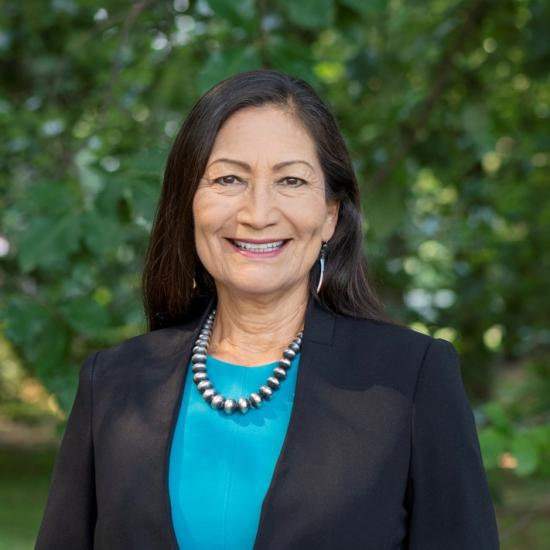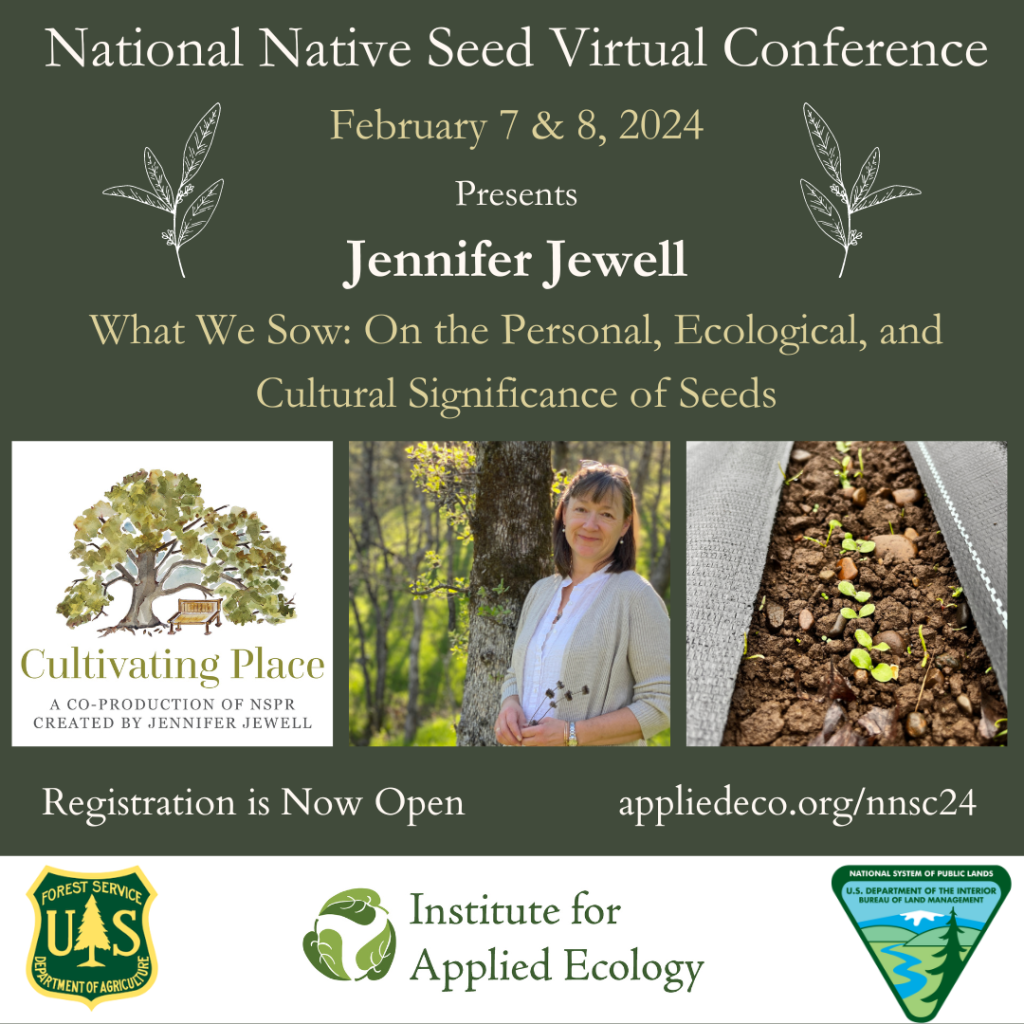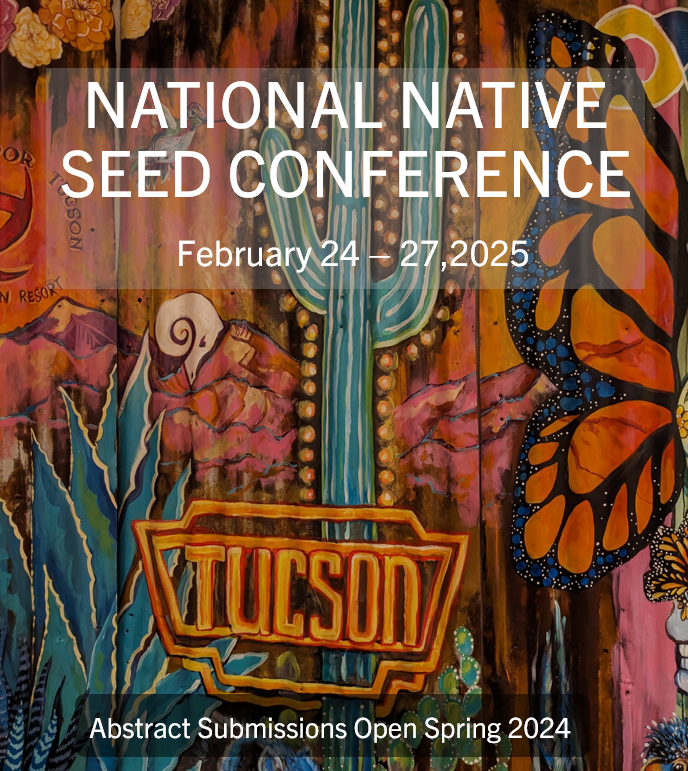By Alexis Larsen, March 2024
Over two days in February 2024, 900 attendees gathered virtually to attend the 2024 National Native Seed Conference. This was IAE’s 2nd virtual conference, the 3rd conference in as many years, and the 7th installment of the conference series since it was established. This year, we had attendees from all 50 states, 8 Canadian provinces, and 8 countries. It’s safe to say that this was our biggest native seed conference yet!
This year’s conference opened with remarks from Secretary of the Interior Deb Haaland and Bureau of Land Management Director Tracy Stone-Manning. Secretary Haaland used the virtual stage to announce the National Seed Strategy Keystone Initiative—an initiative that will focus on collaboration across agencies and partners to advance the National Seed Strategy and expand the native seed supply chain. Director Stone-Manning expressed the BLM’s support for this initiative as a global leader in native seed development, collection, propagation, and use. After this eventful start, we welcomed our keynote speaker, Jennifer Jewell, founder and host of Cultivating Place, a podcast that explores a deeper connection to the world around us through garden cultivation and sowing seeds. Jennifer gave an inspiring and passionate talk that detailed a vision for seed abundance in culture, food, science, and innovation. She helped provide a strong foundation and broader context for the presentations given over the remainder of the conference.

Over the course of the conference, attendees listened to presentations that focused on native seed production and seed-based restoration. Several tribal nurseries were represented including the Diné Native Plants Program of the Navajo Nation and the Coast Salish Plant Nursery who work in collaboration with Wild Bird Trust and the Tsleil-Waututh Nation. Several regional seed partnerships provided updates on production progress including the Northeast Seed Network, Montana Native Seed Network, and the Rogue Native Plant Partnership. For seed-based restoration, we tried something new this year—holding two rounds of lightning talks, each presentation lasting only around eight minutes. These sessions were well-received, and highlighted brief stories about long-term effects of native mycorrhizal fungal additions, seed mix composition to improve pollinator-supportive species, agroecological restoration on an Oregon hazelnut orchard, approaches to revegetation following pinyon-juniper slash pile burning, and more! Most of these presentations were recorded, and can be found on IAE’s YouTube channel!

As I watched presenters deliver their remarks—and worked behind the scenes with our amazingly capable conference team—I noticed that connections were being made in the chat and throughout the community boards available on Whova, our online conference platform. Several attendees used the Meet-up function to create subgroups on topics such as seed partnerships, data collection, and regional collaboration. It can be so difficult to make connections in a virtual environment and I was impressed by how “small” and intimate the conference felt—despite attending alone from my living room (aside from visits from my cats, Cheddar and Finley). The excitement, communication, and connection was palpable as we cultivated our virtual setting together.

As always, we couldn’t hold this conference without the support of our amazing sponsors including the Bureau of Land Management, the U.S. Forest Service, the National Wildlife Federation, and The Native Seed Group. What’s next? Our team is busy beginning to plan for the 2025 National Native Seed Conference, which will be held in-person next year in Tucson, Arizona. We can’t wait to see you there!

